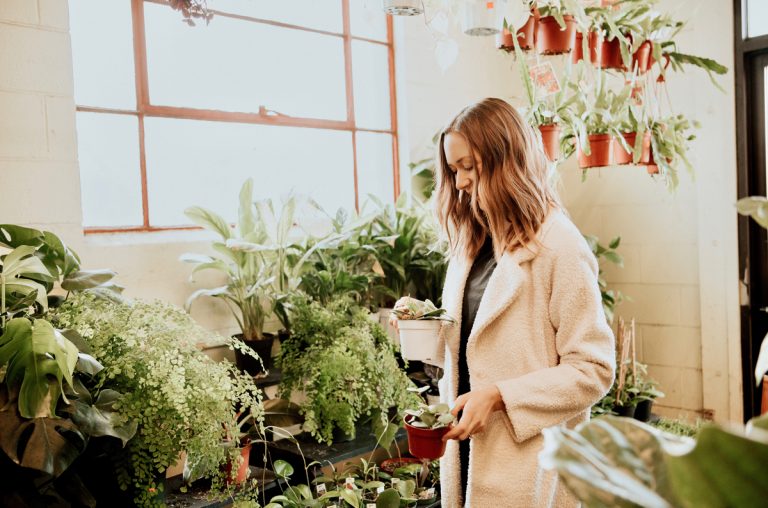
We know how it goes: You step into a nursery, explore a cute plant shop, or do a little virtual browsing on one of the many amazing online plant stores, and suddenly, you feel inspired (re: compelled) to purchase every single last pot. Unfortunately, what that often means too, is that after bringing your new plant babies home, you’re at a loss for how to care for them. We get it, and in the past, we’ve totally been there. However, by setting yourself up with a little insanely-helpful knowledge, you too can create the jungle of your dreams. That’s why we reached out to a few of our favorite people in the plant world to get their recommendations for the best indoor low-light plants, plus everything you need to know to keep them healthy and thriving, day after day, year after year.
The experts in question? We spoke with Erin Marino, previously the editorial lead at The Sill, and the team at Bloomscape to garner their thoughts on the best indoor low-light plants for any space. But before we share the definitive list, let’s set ourselves up for success with a few primers and info. We tapped Marino for her thoughts.
Featured image by Michelle Nash.
In this article
- What is low light?
- How do indoor light conditions impact plants differently from the natural light outside?
- What makes a plant suited to low-light environments?
- What are some key things to remember when caring for low-light indoor plants?
- What are common ways people kill low-light indoor plants?
- The Best Low-Light Indoor Plants for Beginners and Green Thumbs Alike
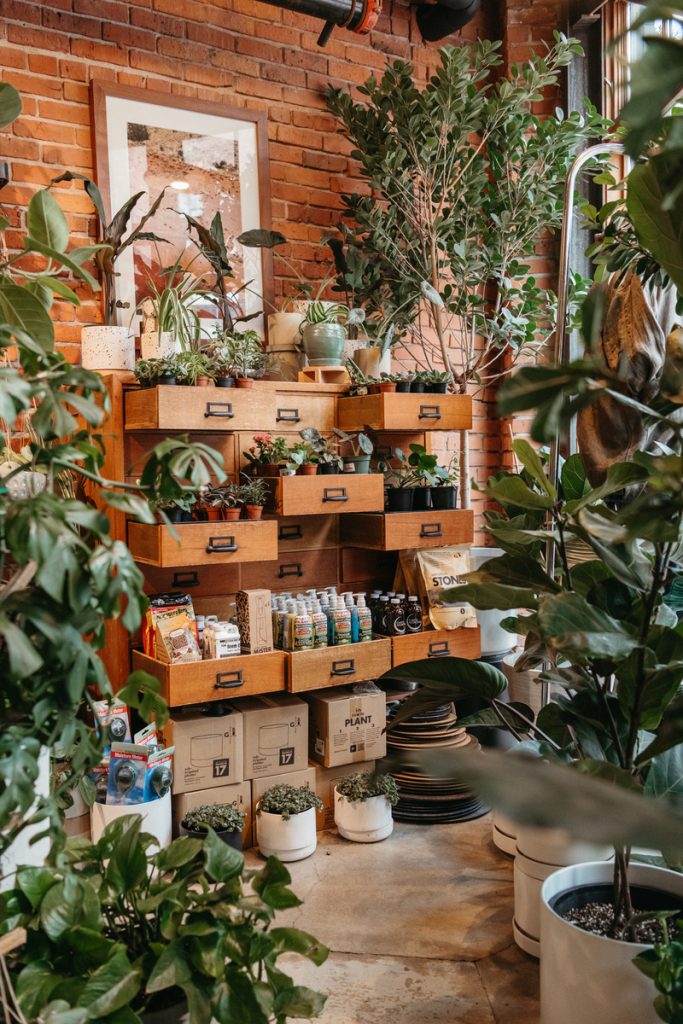
What is low light?
Ah, the ever-important and always-elusive question. How many of us can say we know what “low light” actually means upon reading that term in our plant’s care instructions? This writer will, without shame, admit that she does not.
According to Marino, “low light” defines the light requirements of a plant that can handle the lower natural light conditions that are most common indoors. “The plant can tolerate and grow farther away from your windows (its natural source of light) or, if you use supplemental lighting, placed further away from a grow light,” she says. It’s important to note too, that while these types of plants can survive and grow in these conditions, it doesn’t necessarily mean they’re going to thrive.
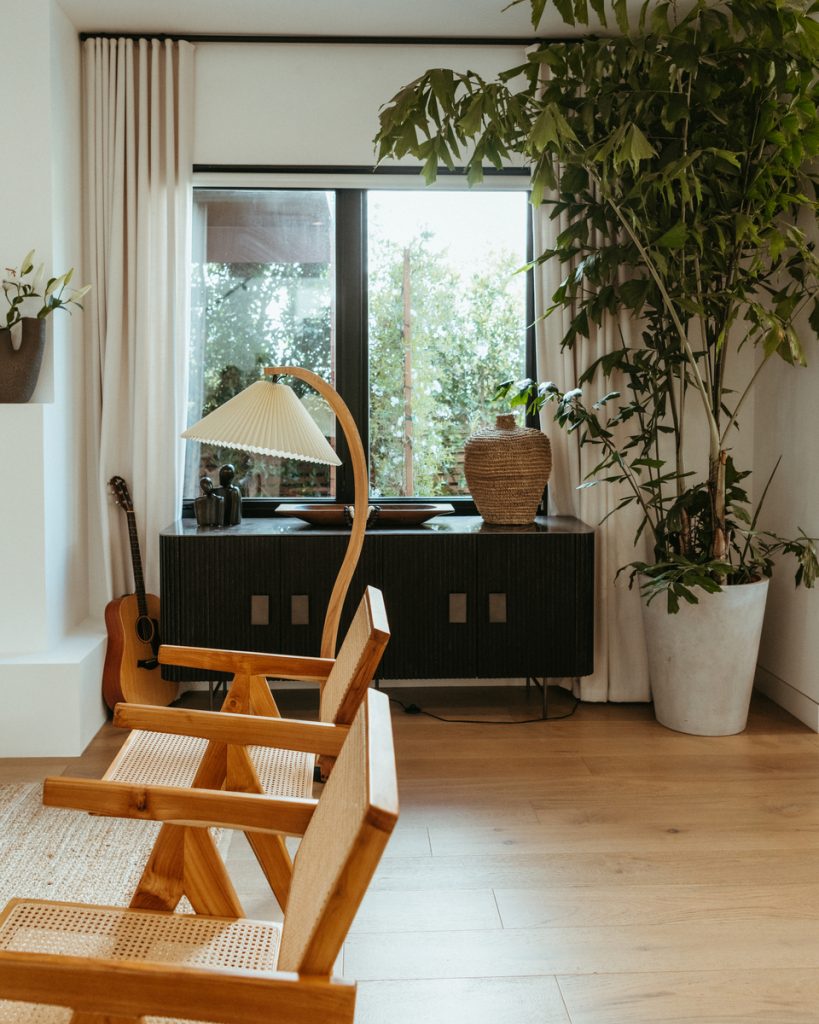
How do indoor light conditions impact plants differently from the natural light outside?
While we’re mainly speaking about the care of indoor plants, it’s important to have a little context for how low-light-tolerant plants behave outdoors. “Outside, these plants are often referred to as shade-tolerant plants,” Marino notes. “Generally speaking, they are tolerant of their natural light source being obstructed. Some plants might prefer this and thrive in a shady environment, especially outside where the sun is stronger, while others are only tolerant of the shade.” Because the sun is generally not as strong indoors, most plants will prefer bright to medium indirect light, but there are some that can handle low light.
Typically too, it makes sense that the sunlight isn’t as strong indoors as it would be outdoors because of how it’s impacted by windows’ diffusion and reflection. The result? The natural light’s intensity is turned way down. “It also usually enters a room from a maximum of one or two directions, instead of outside where it surrounds the plants,” says Marino.
She also offers this warning: “That being said, the sun indoors can still be strong enough to burn some plants if they’re placed directly in front of your window. Be sure to keep an eye out!”
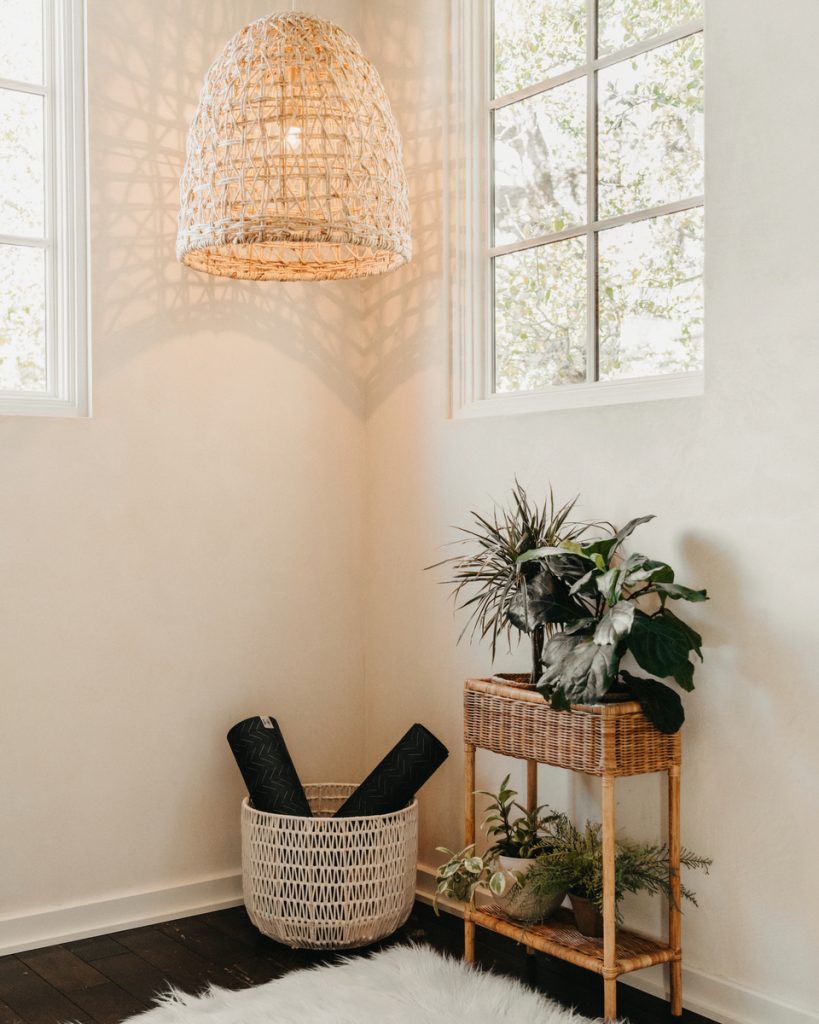
What makes a plant suited to low-light environments?
Just as we need sustenance to survive (all the plant-based provisions, please) plants need their light. If memories of middle school science bring the term “photosynthesis” to mind, you’re on the right track. Here’s Marino’s take: “Plants make their food from a process called photosynthesis, and light plays the most crucial role. With that in mind, it’s not surprising to hear that most common houseplants prefer bright to medium light when in your home.”
And while she notes that there aren’t many houseplants that thrive in low-light conditions, it’s certainly possible for some of them to make the most of it and survive.
“Light tolerance is complex and there are nuances,” Marino notes. “But generally speaking, the tolerance usually stems from one of two scenarios (or a combination of both).” Science class again: a lot of it comes down to plants’ ability to adapt to their natural environment over time. Or as Marino puts it, “adaptation over time through cultivation in a controlled environment like a greenhouse.”
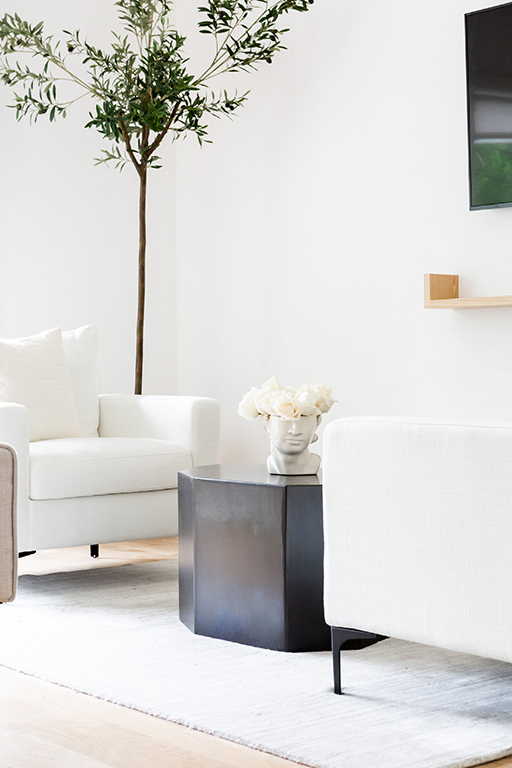
What are some key things to remember when caring for low-light indoor plants?
Time to get down to the nitty-gritty nuances of taking care of any and all low-light indoor plants. Here’s Marino with the breakdown:
- The more sunlight your plant receives, the more thirsty it will be over time. This applies to most plants unless they are water-storing succulents. This happens for a few reasons. The biggest is that plants utilize water during a process called transpiration, and the rate of transpiration is dependent on, and increases with, the amount of sunlight the plant receives.
- Seasonality can impact your plants. It’s important to remember the natural light your space receives is not stagnant. It ebbs and flows as the seasons do. Maybe during the winter months, your low-light-tolerant plant would be happier closer to the window to capture what little light the shorter days provide, while during the summer months, that same plant may need to be relocated.
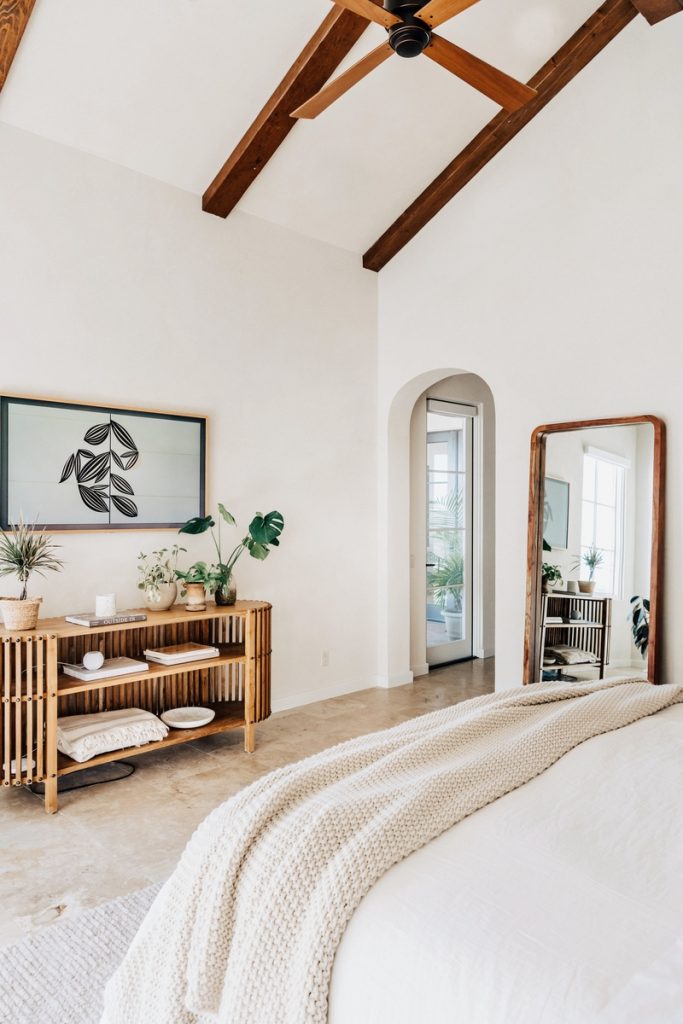
What are common ways people kill low-light indoor plants?
It’s a funny paradox that while we might think that under-watering is the number one killer of most houseplants, the opposite is actually true. Marino encourages patience: “When watering your plant, always make sure the potting mix is dry. If it’s not dry, wait until it is before watering your plant again.”
Again, always take light conditions into consideration “Keep in mind that because your plant is in lower light, it might not need to be watered as often as another plant that’s in brighter light.” There are a few visual cues like leaf wrinkles, leaves curling at the edges, or wilting stems that’ll tell you your plant is thirsty.
A lack of light is the other most common way that people kill their low-light plants. Marino has a few low-light plant words of wisdom to live by, “Low-light-tolerant does not mean no-light tolerant. Make sure your plant is still in a space with a window that brings in natural light, or in a space that has grow lights.”
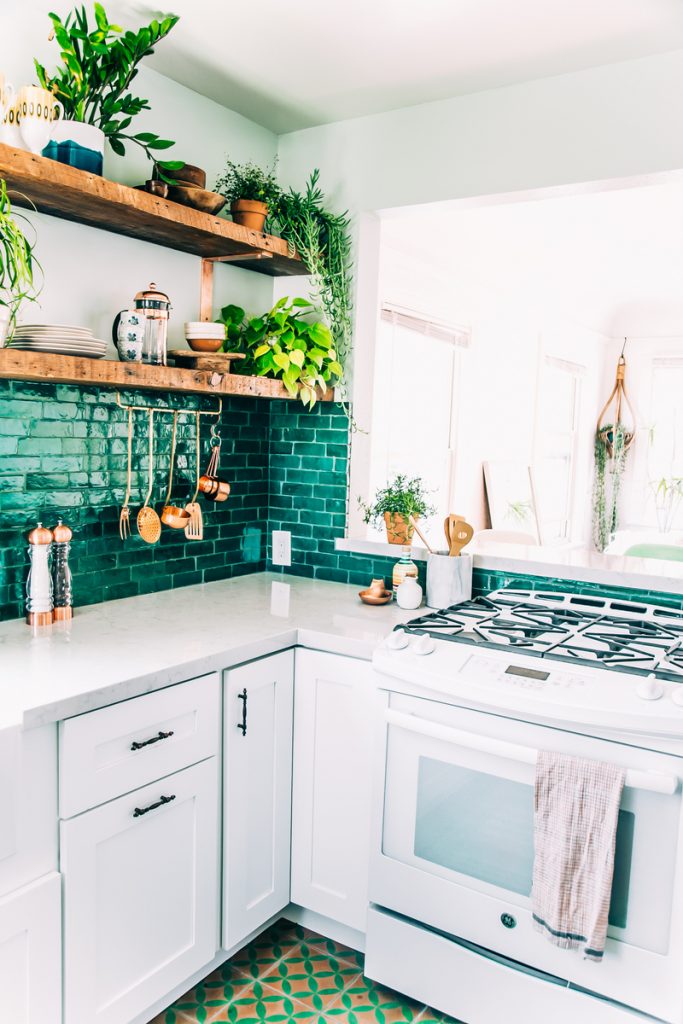
The Best Low-Light Indoor Plants for Beginners and Green Thumbs Alike
Snake Plant
The Snake Plant is the low-maintenance houseplant every novice plant parent needs. Not only does it claim a top spot in NASA’s Clean Air Study, but the Snake Plant is also a succulent plant that tolerates low light.
Light Requirements: Bright indirect to low light
Watering Needs: Water every 2–3 weeks, when soil is completely dry
ZZ Plant
Another low-light-tolerant plant, the ZZ Plant is not only able to survive the shade but is also drought-tolerant. You might not characterize it as a succulent, but if you look closer, you might spot large potato-like rhizomes right below the surface of its potting mix. Having evolved in arid environments, these plants have developed rhizomes that store water to help them survive droughts in their natural habitat.
Light Requirements: Medium indirect to low light
Watering Needs: Water every 2–3 weeks, when soil is completely dry
Monstera
Fast-growing and easy to care for, Monsteras are known for being everyone’s favorite houseplant (seriously — they’re one of the world’s most popular indoor plants). Monsteras are unique with notable leaves that are adorned with dramatic hole formations. They love to spread their leaves by vining out, trailing over the pot, or climbing along a stake or trellis.
Light Requirements: Medium to bright indirect light
Watering Needs: A consistent, thorough watering every 1–2 weeks
Bamboo Palm
A perfect option for your home or office (or, you know, your home office), the Bamboo Palm is a tropical indoor houseplant that looks good in any space and even purifies the air.
Light Requirements: Medium to low-light conditions
Watering Needs: Water only when soil appears dry, aiming to keep the soil uniformly moist. It’s crucial with this palm to make sure that all the excess water is able to drain.
Bamboo Palm
This palm will benefit from watering when the top of the soil is 50% dry. They’ll feel at home in normal room temperatures and in a space with consistent, average humidity levels. You can take this into your own hands with frequent misting, using a pebble tray, or placing a humidifier nearby. — Bloomscape
Pothos
I can’t say enough good things about the pothos plant. There’s a reason you see it just about everywhere, from malls to doctors’ offices to your friend’s living room – it’ll tolerate just about any environment.
Light Requirements: Medium indirect to low light
Watering Needs: Water every 1–2 weeks, when soil is dry
Bird’s Nest Fern
Known for its wavy fronds that grow out of a central rosette, this fern will add a vibrant pop of green to your space. Added bonus, it’s considered non-toxic, making it safe to keep around your furry friends. Epiphytic, in its natural habitat, it grows on other things like trees or rocks to reach more light.
Light Requirements: Medium indirect to low light
Watering Needs: Water every 1–2 weeks, can benefit from increased humidity
Red Prayer Plant
This stunning show-stopper of a plant looks best on window sills, mantles, or shelves that could benefit from a pop of color.
Light Requirements: Bright indirect light
Watering Needs: Water when the top 25% of the soil is dry and until liquid flows through the drainage hole at the bottom of your pot. Always make sure to discard any water that’s gathered in the saucer.
Philodendron
The Philodendron is one of our most popular plants. Its heart-shaped green leaves, incredibly easy-going nature, and quick-growing trailing vines make it a popular pick for beginners and collectors alike.
Light Requirements: Bright indirect to low light
Watering Needs: Water every 1–2 weeks, when soil is dry
Money Tree
If you share your space with a few four-legged friends, don’t worry about adding a Money Tree to the mix. Pet-friendly, air-purifying, and with distinctive features, it’s best known for its role in feng-shui.
Light Requirements: Medium to bright indirect light
Watering Needs: Water your tree when the top 50 to 75% of the soil is dry. Avoid root rot by making sure your plant is never in standing water.
Peperomia Watermelon
Looking for your next hostess gift? Here it is. It doesn’t take up too much space indoors and will add a little welcome life to any room with its pretty green leaves and edges that vary in color from yellow to pink.
Light Requirements: Medium to bright indirect light
Watering Needs: Water when the top 50 to 75% of the soil is dry
Aglaonema
Known for their attractive foliage and easy-going nature, the Aglaonema or Chinese Evergreen is a popular variety of houseplant.
Light Requirements: Bright indirect to low light
Watering Needs: Water every 1–2 weeks, when soil is dry
Aglaonema Red Emerald
They’re native to the tropical forest floors of Asia, so they prefer indirect sunlight (direct can scorch their variegated leaves), and have adapted to survive lower light levels. That said, the more medium to bright, but still indirect light you provide it, the more vibrant its variegation can be. — Erin Marino
Schefflera Arboricola
Easy, breezy, and beautiful, the Schefflera Aboricola is one of the most low-maintenance houseplants you can care for. Each branch’s cluster of leaves helps add color to neutral spaces.
Light Requirements: Bright indirect light, but is also tolerant of lower light conditions
Watering Needs: Water when the top 75% of the soil is dry
Hoya
Also known as wax plants, Hoyas have thick and shiny foliage and make a perfect present for the plant-obsessed folks in your life.
Light Requirements: Give your Hoya medium to bright indirect light, though the plant will flower and produce more vibrant foliage if placed in brighter light.
Watering Needs: Water thoroughly when the pot becomes completely dry. If it starts to drop its leaves, pull back — you’re probably watering too much.
Dracaena Marginata
There are over 100 different species within the genus, most of them native to Africa, Asia, and Australia. They are sometimes referred to as dragon trees. Dracaena comes from the Ancient Greek word drakaina meaning ‘female dragon’. Their thin, sword-like leaves can come in a variety of colors and are perfectly shaped for maximizing sun fleck capture.
Light Requirements: Bright indirect to low light
Watering Needs: Water every 1–2 weeks, when soil is dry
Tradescantia Zebrina
Boasting a unique pattern on its leaves with a mix of purple and green with silver stripes, these plants look best when placed in hanging baskets. Because of its humidity needs, it’ll do best in a bathroom or kitchen.
Light Requirements: Bright indirect light
Watering Needs: Water your Tradescantia Zebrina when the top 50 to 75% of soil is dry
Calathea Rattlesnake
You can’t talk about low-light tolerance without talking about Calatheas. Calatheas are often called “prayer plants” because of their unique leaf movements: they raise and lower their leaves from day to night as a part of their circadian rhythm. This phenomenon is called nyctinasty.
Light Requirements: Bright indirect to low light
Watering Needs: Water every 1–2 weeks, can benefit from increased humidity
Calathea Rattlesnake
Plant movements are controlled by a flux of water pressure in the pulvini (the nodes at the base of the leaves). It is theorized that these movements are meant to follow the sun and catch as much light as possible, an essential trait for a forest-floor-dwelling plant. — Erin Marino
Parlor Palm
The Parlor Palm has been cultivated since the Victorian era, due to its resilience to indoor conditions and reliable habit.
Light Requirements: Bright indirect to low light
Watering Needs: Water every 1–2 weeks
Peperomia Obtusifolia Or “Baby Rubber Tree”
The Peperomia obtusifolia, also known as the Baby Rubber Plant, is an easy-going houseplant characterized by its thick, succulent-like green leaves.
Light Requirements: Bright indirect to low light
Watering Needs: Water every 1–2 weeks
Every product is curated with care by our editors. If you buy something through our links, we may earn a small commission at no cost to you.
This post was originally published on November 9, 2021, and has since been updated.
The post The Best Impossible-to-Kill Indoor Plants (and How to Keep Them Alive!) appeared first on Camille Styles.

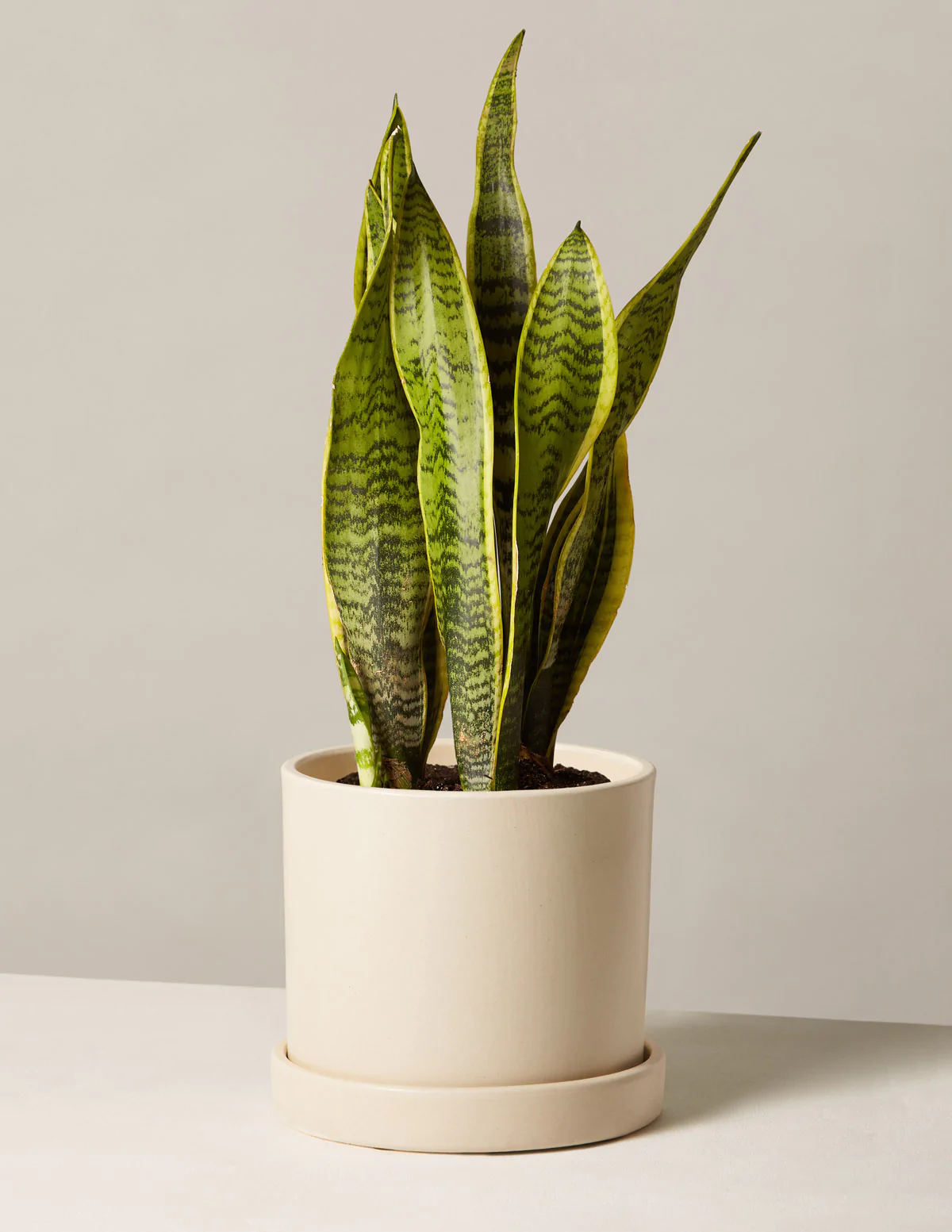
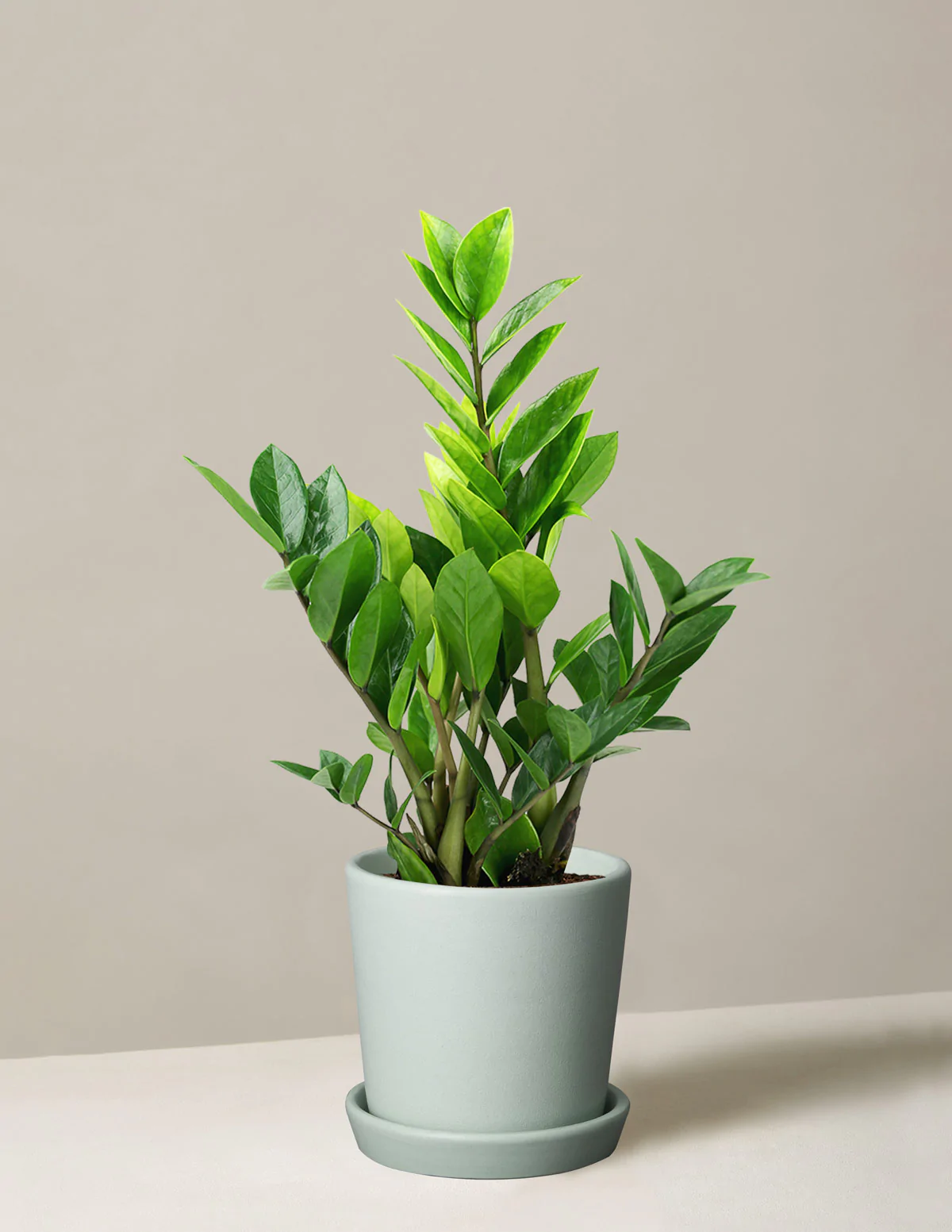
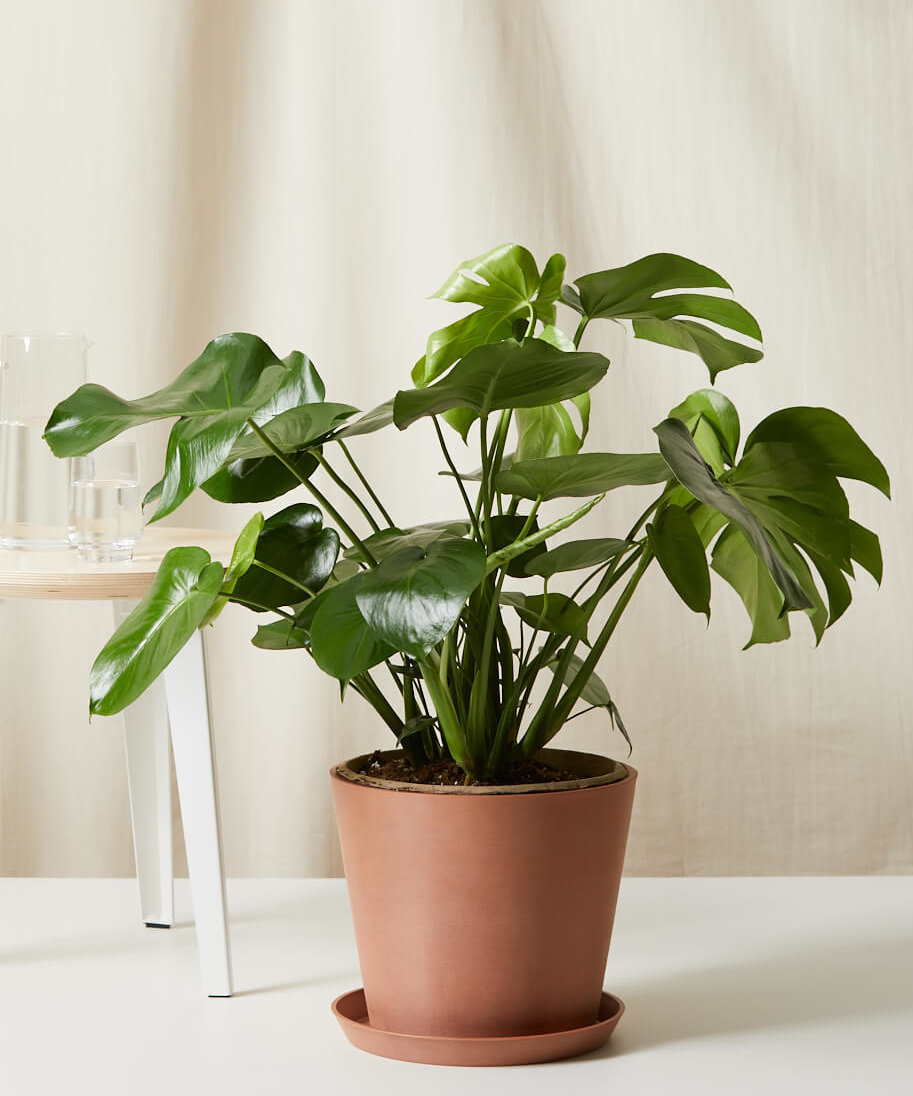
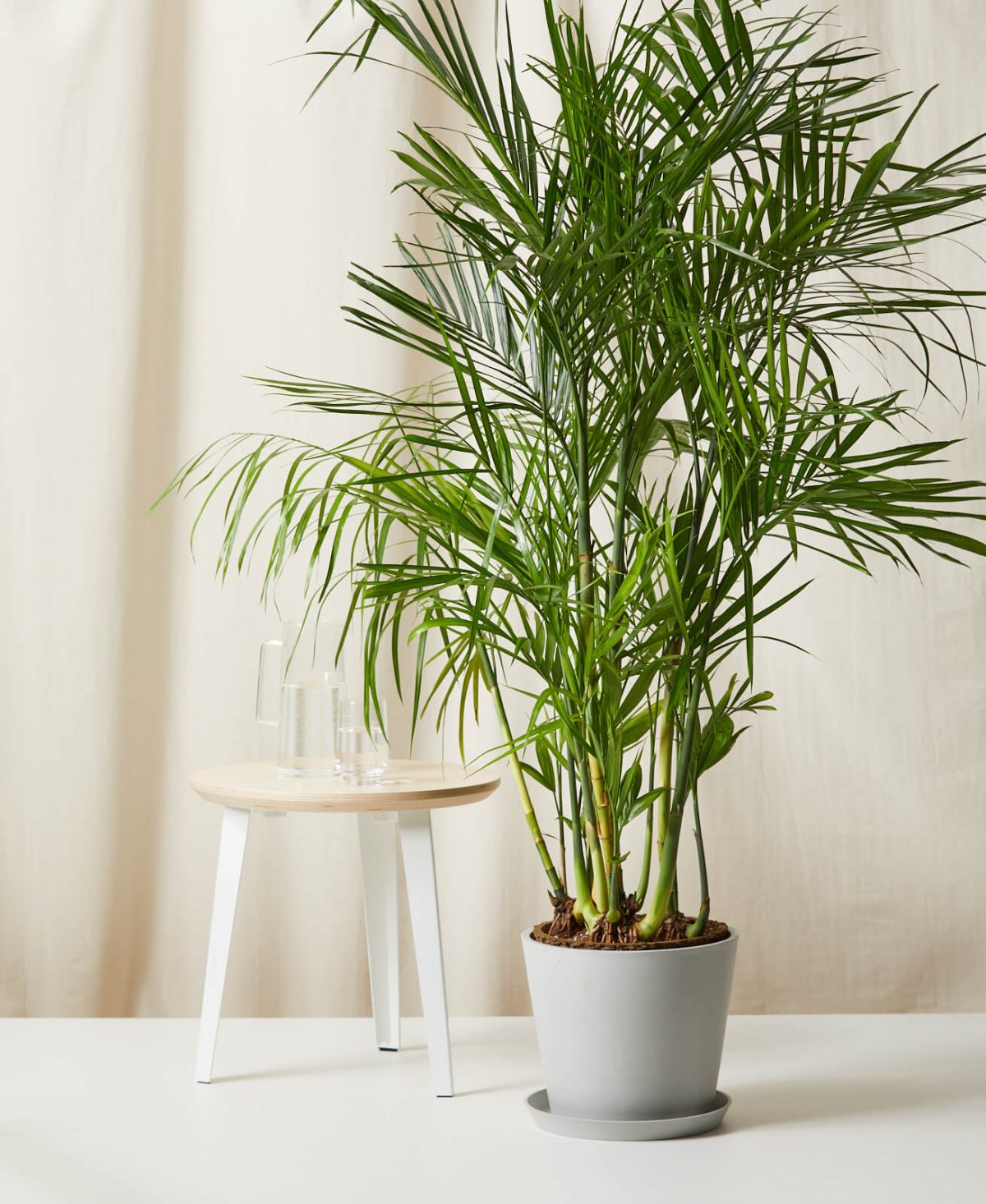
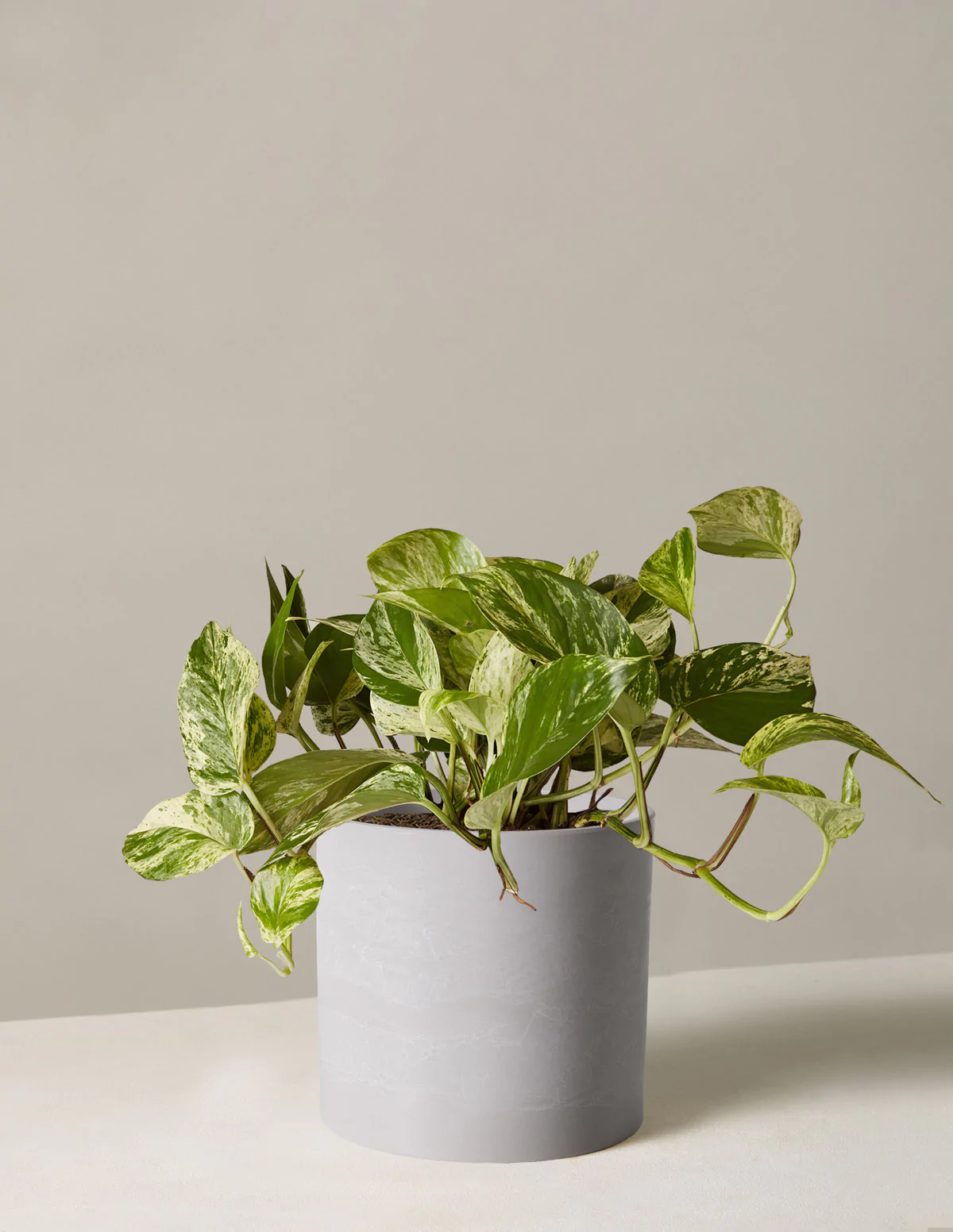
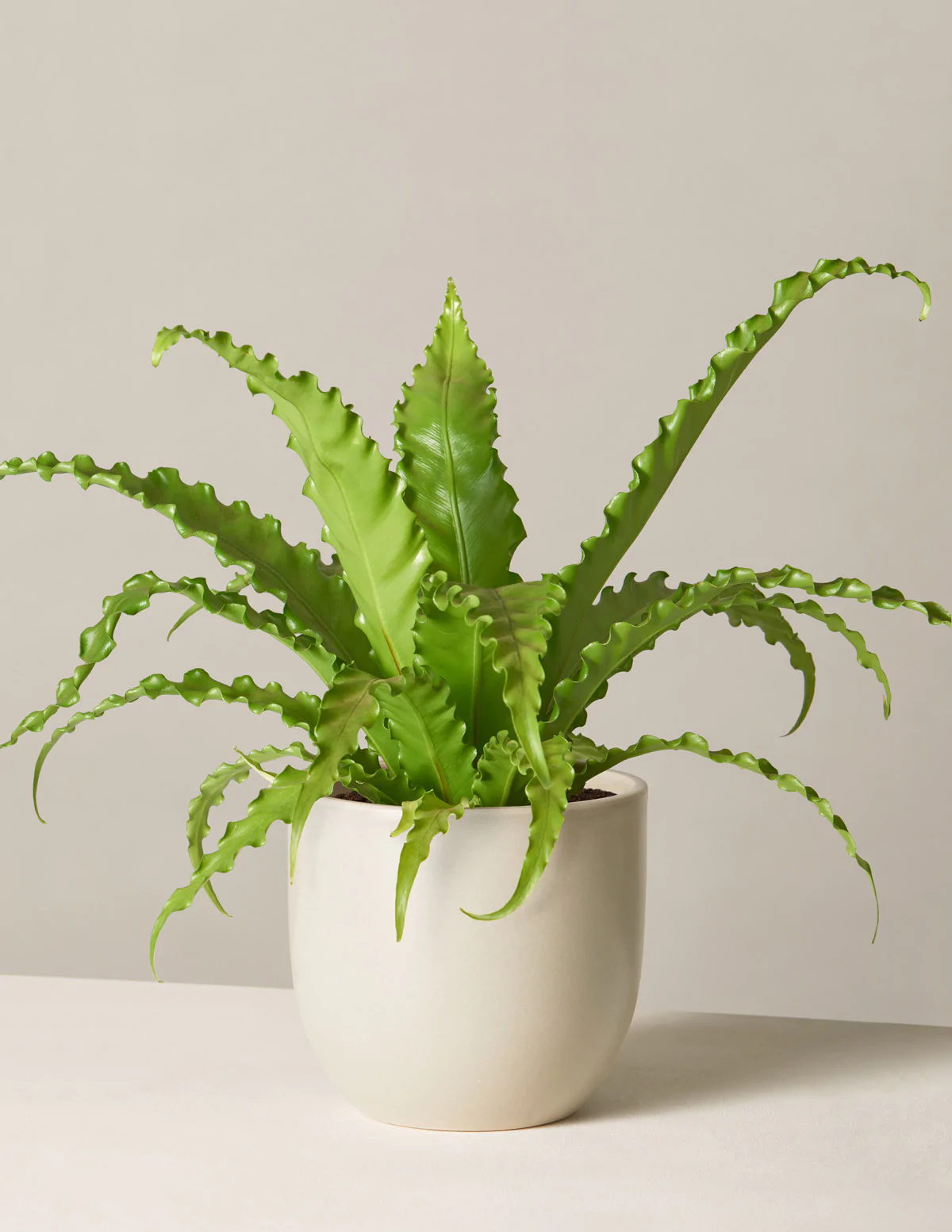
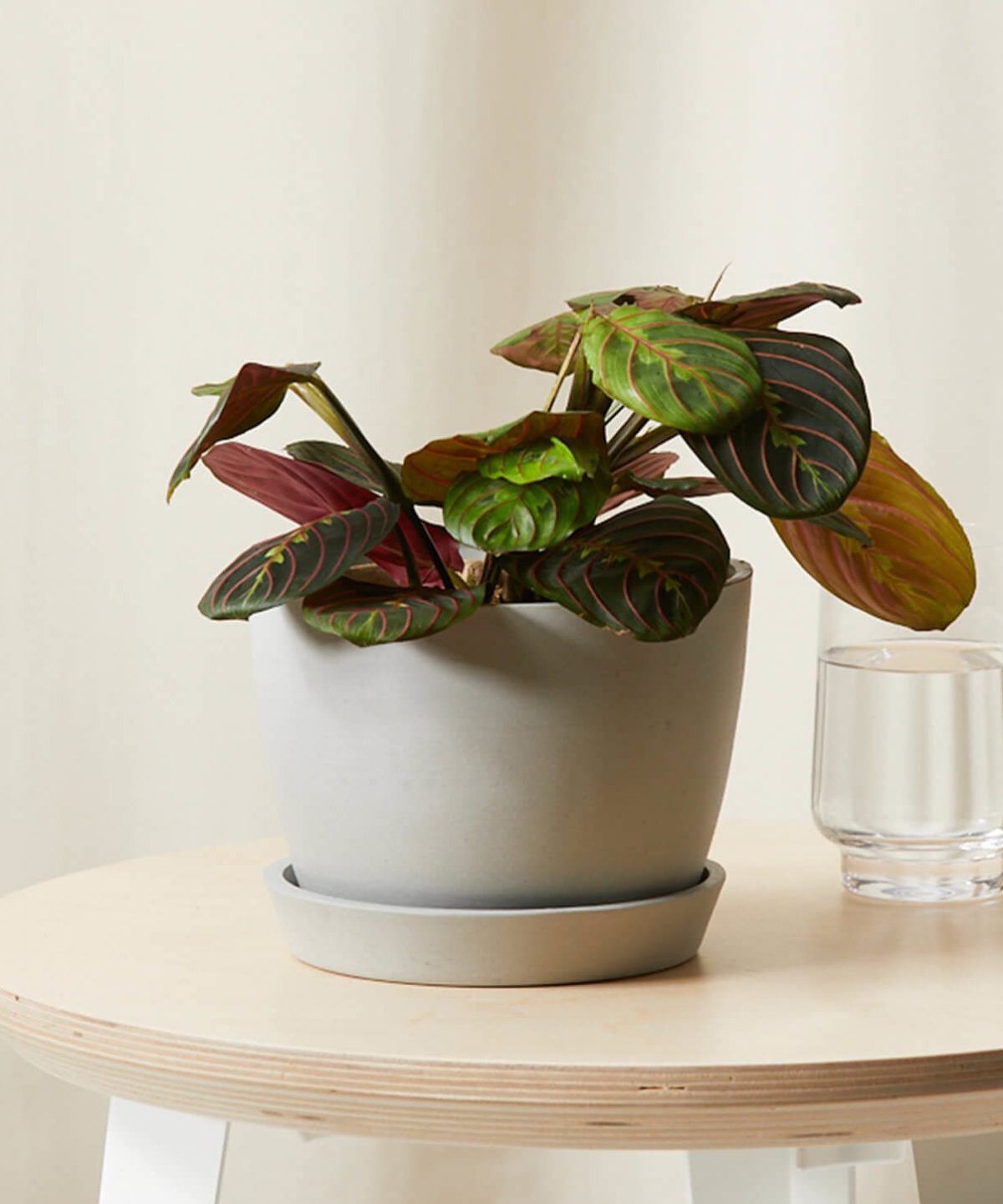
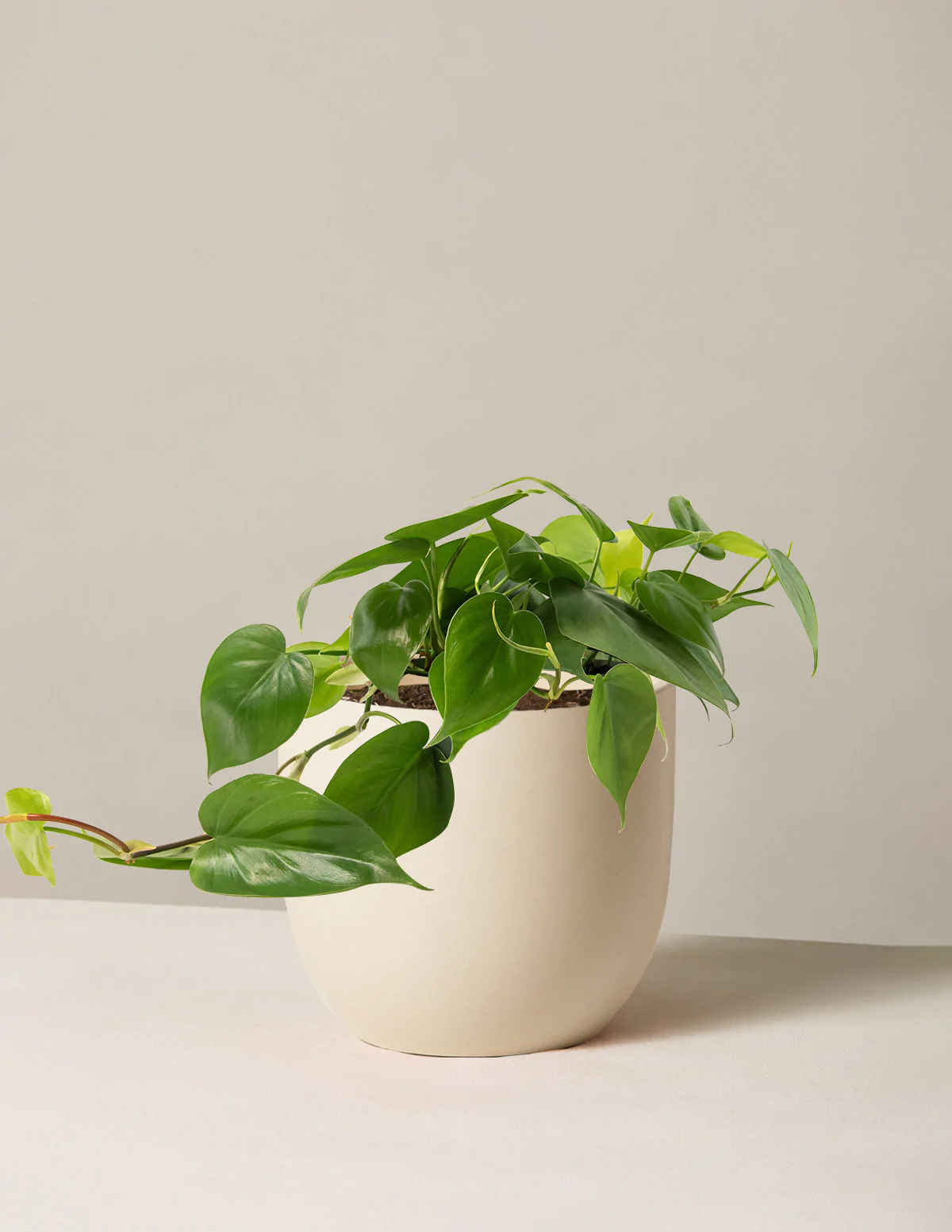
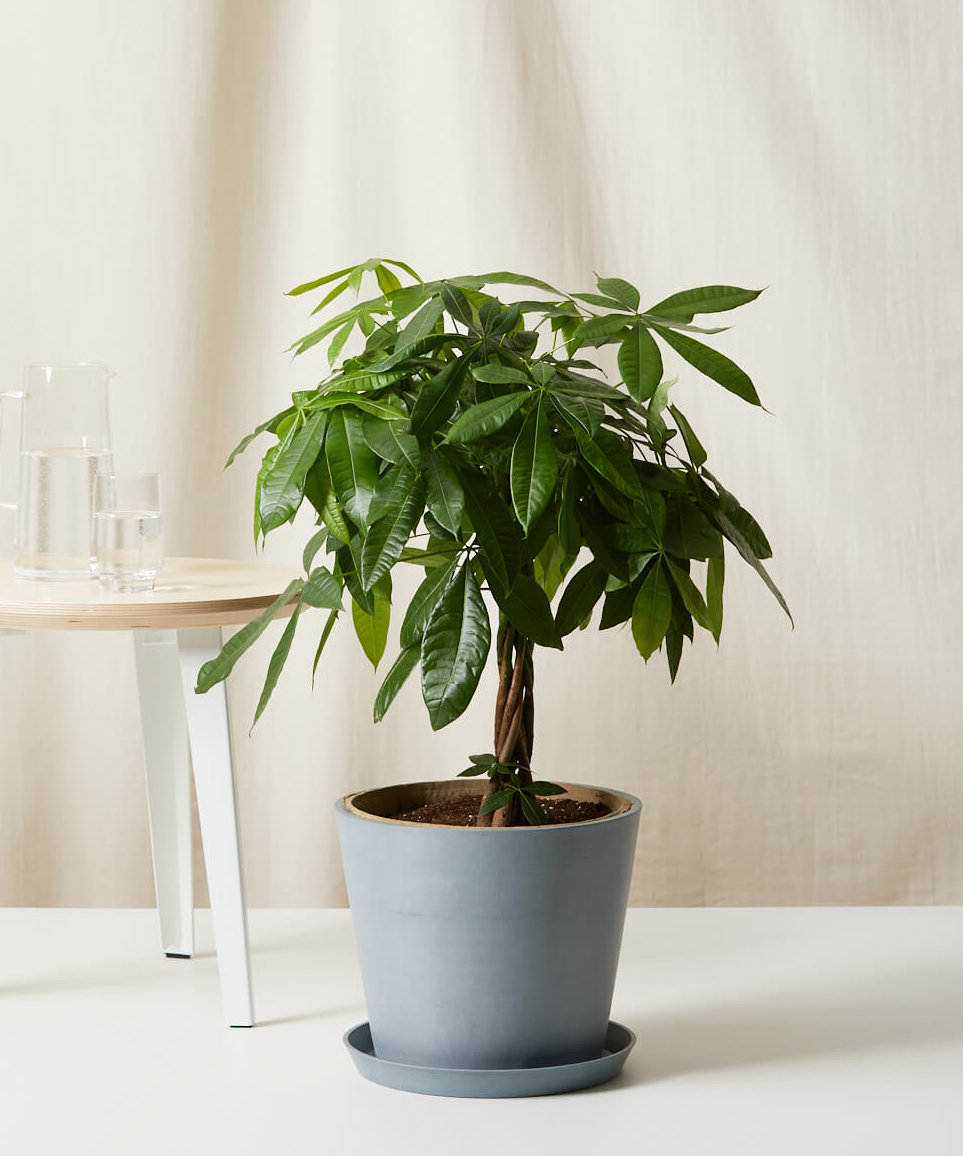
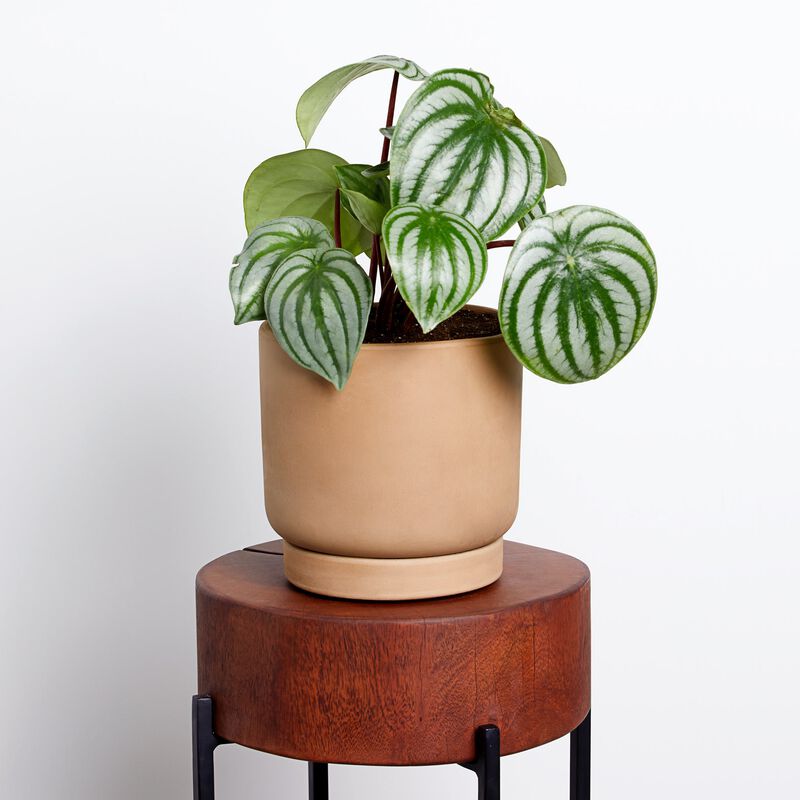

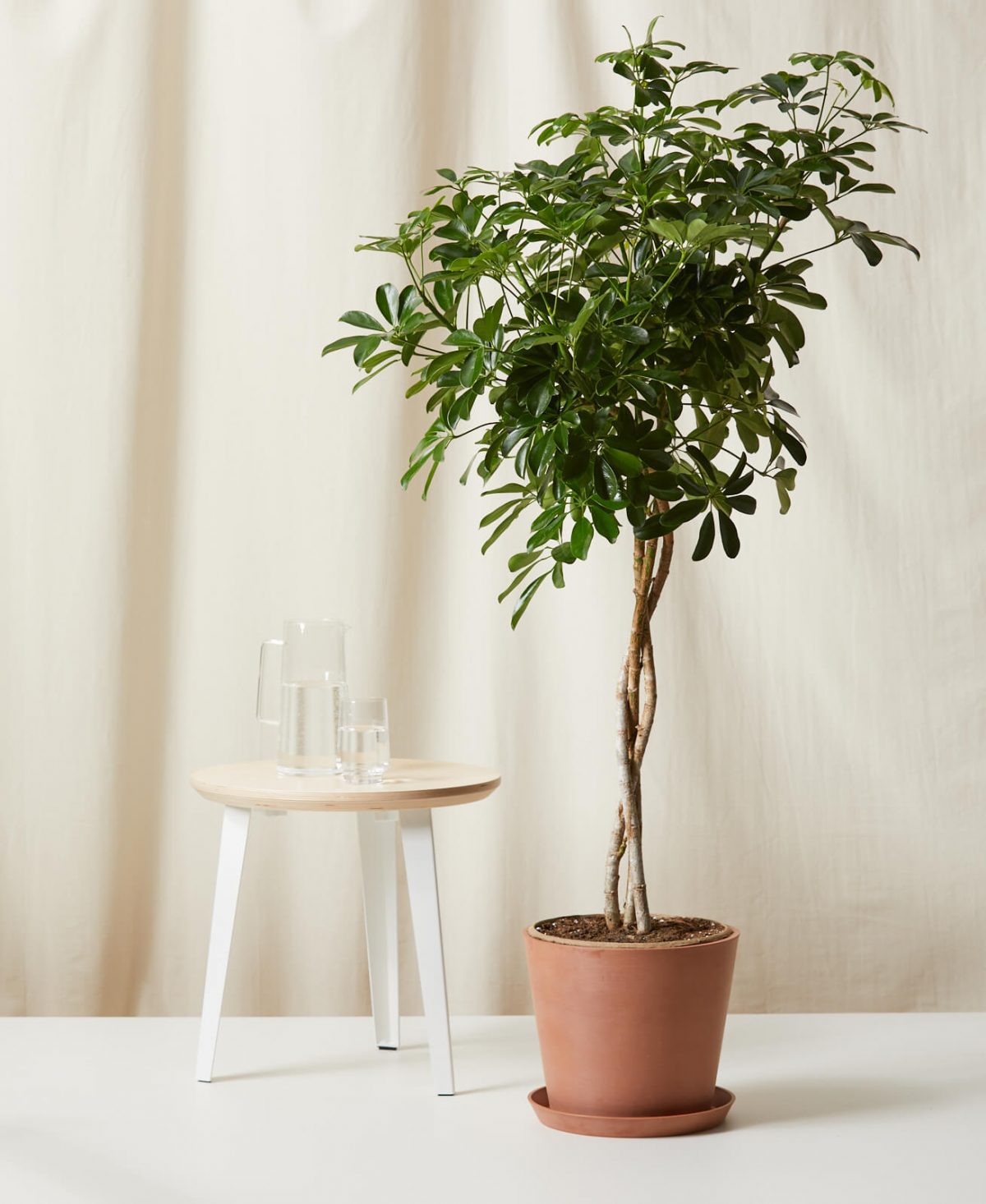
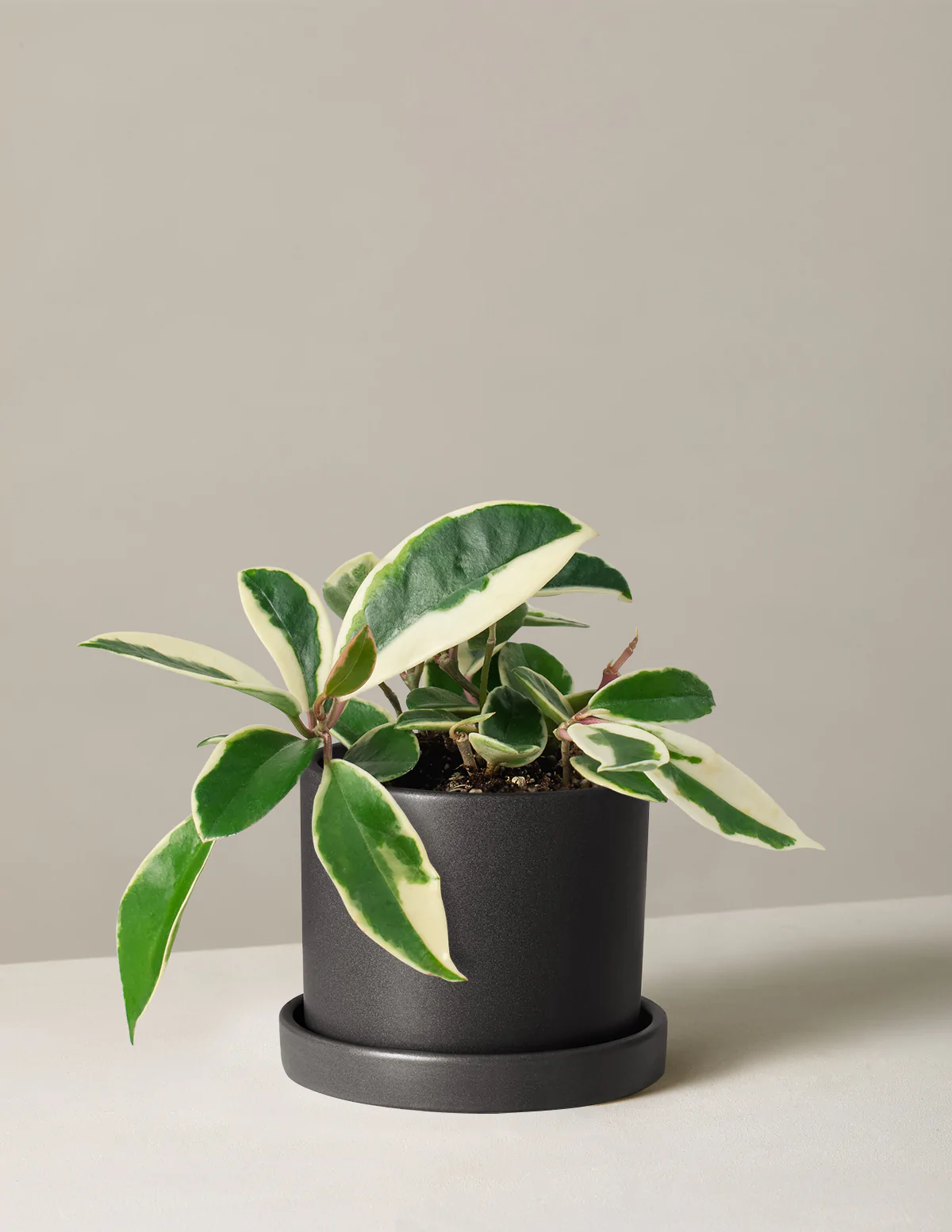
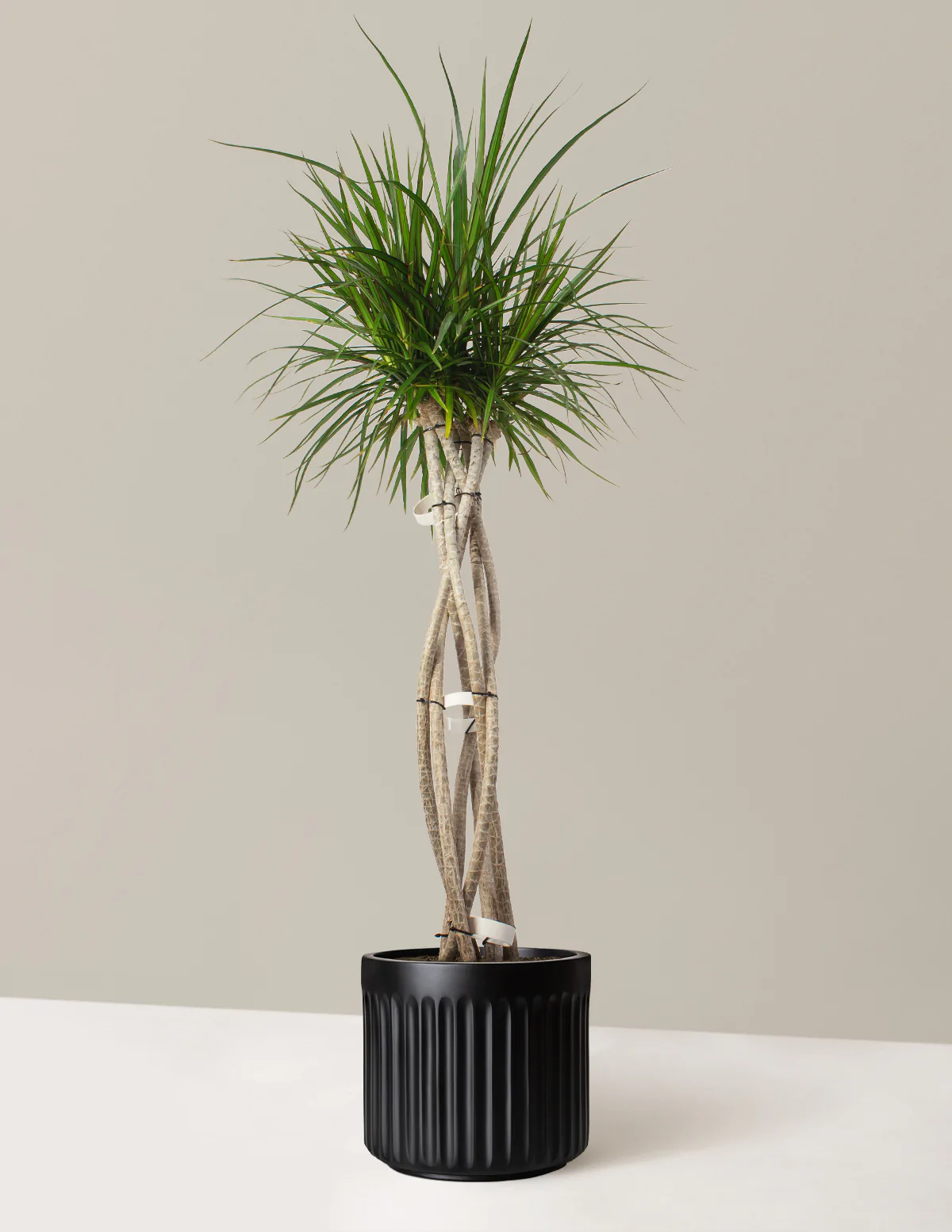
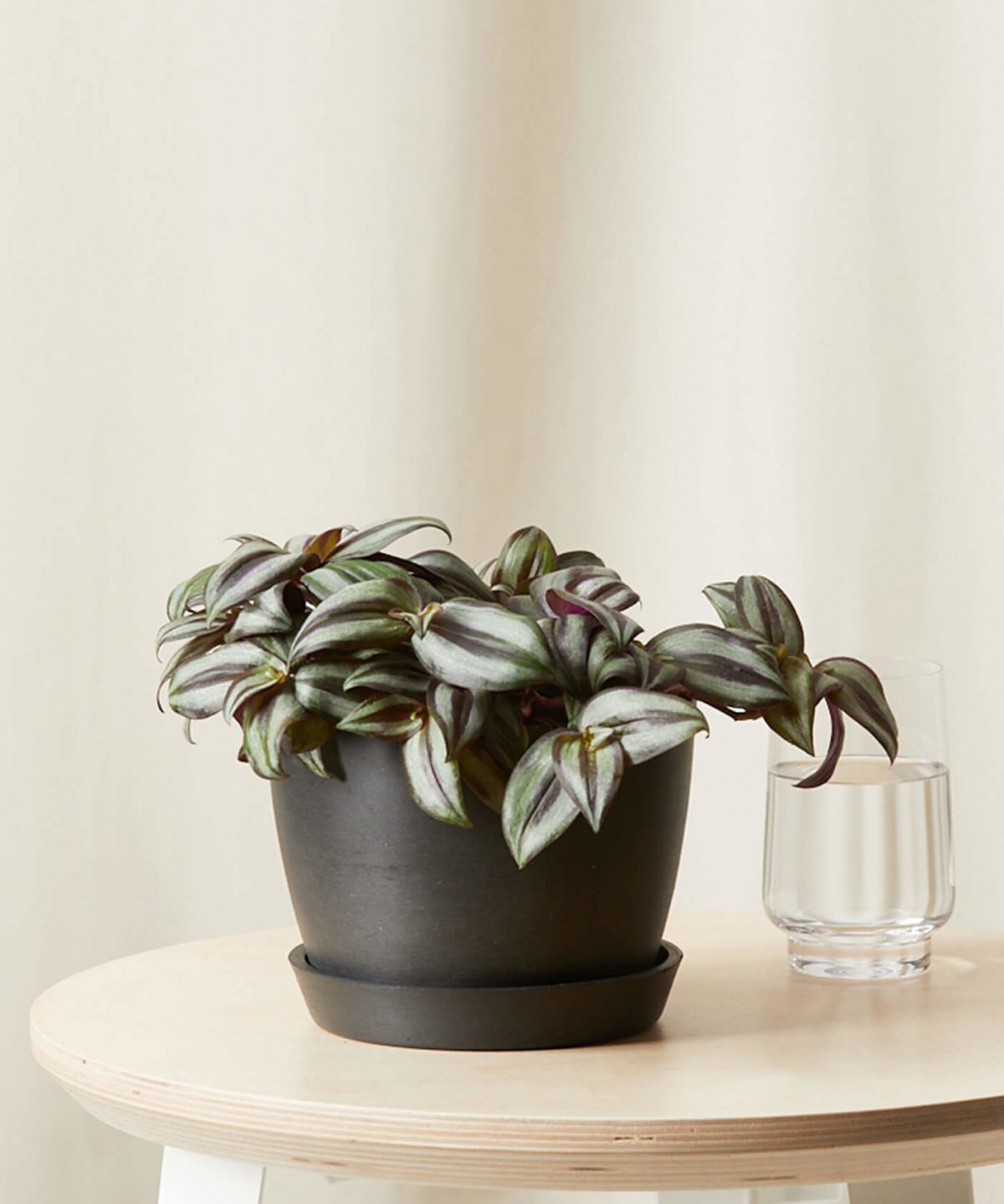
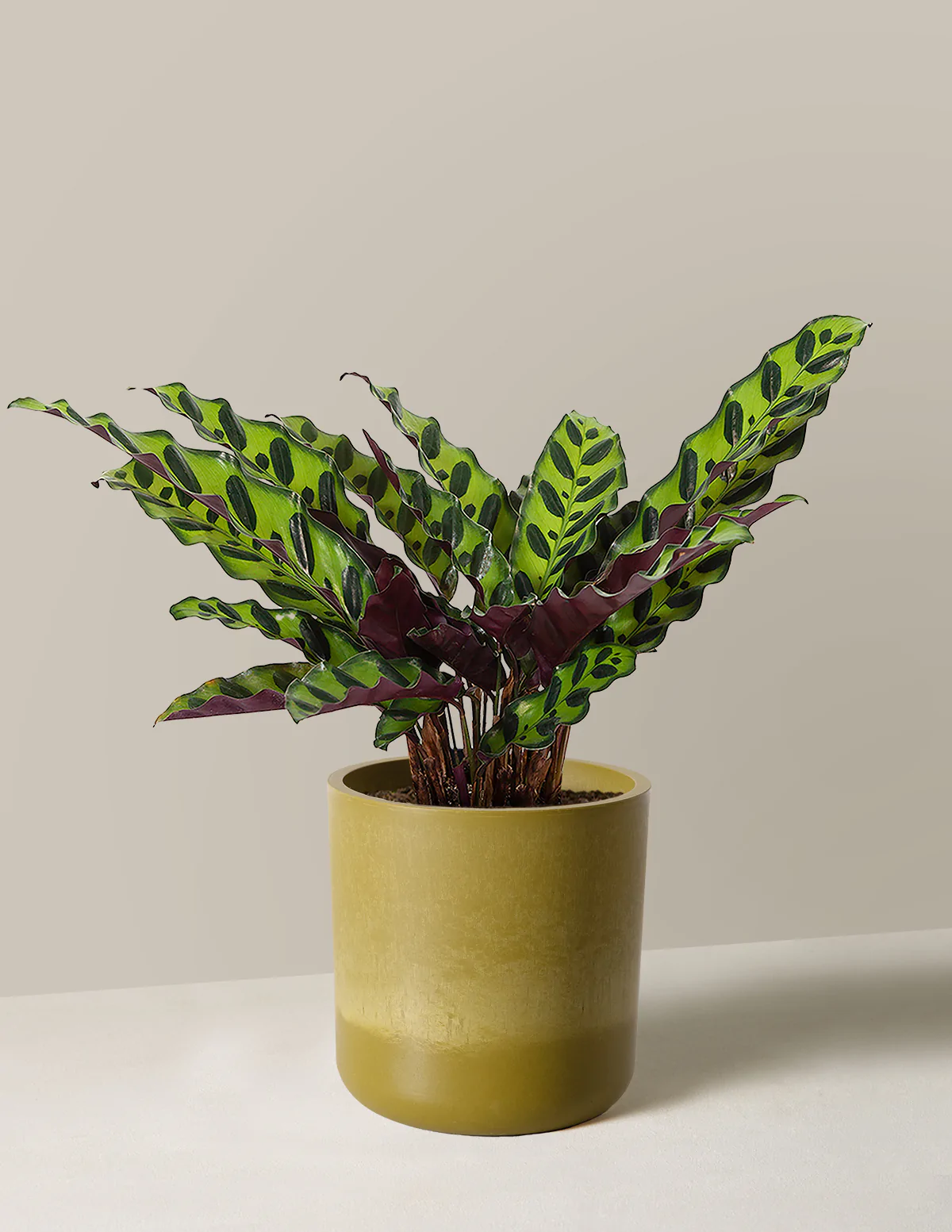
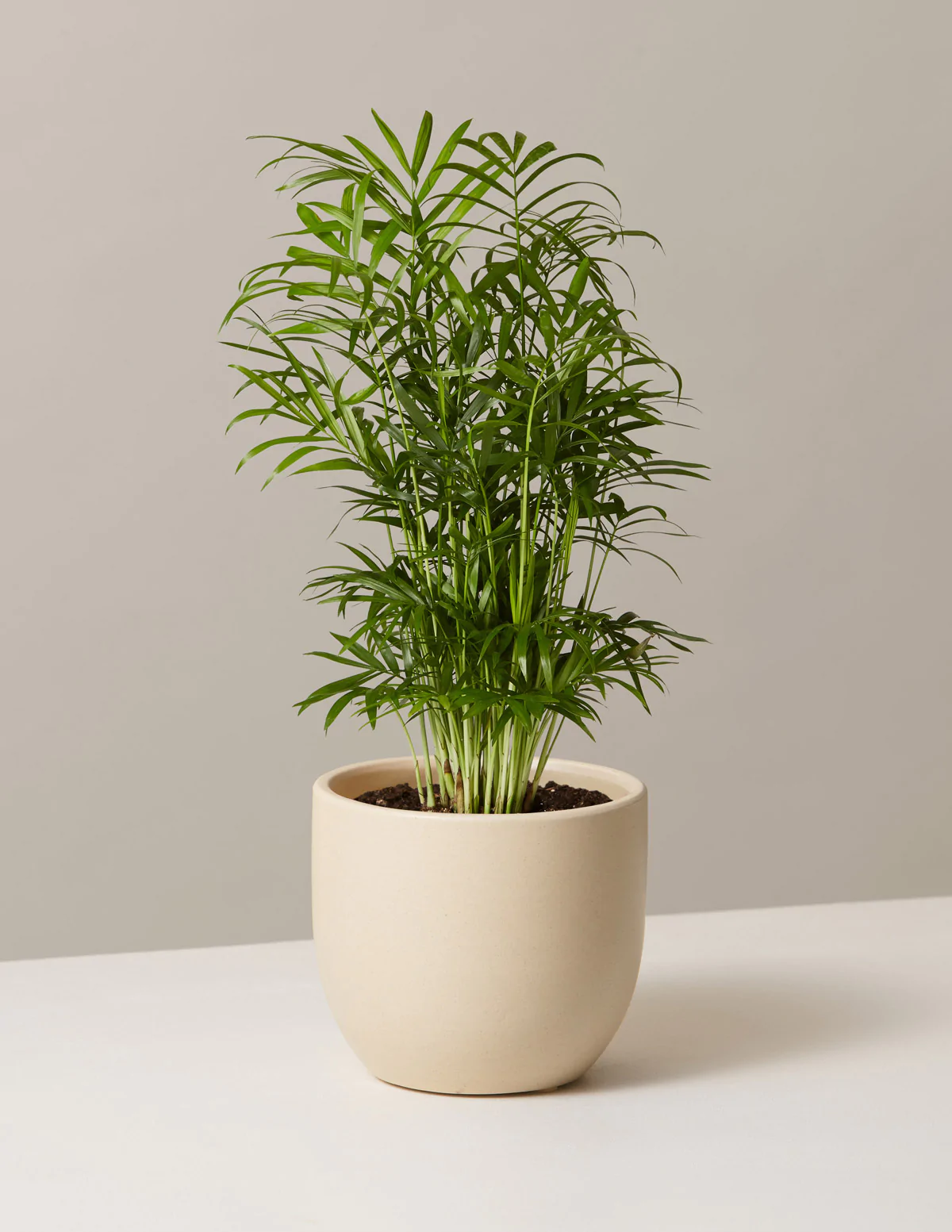
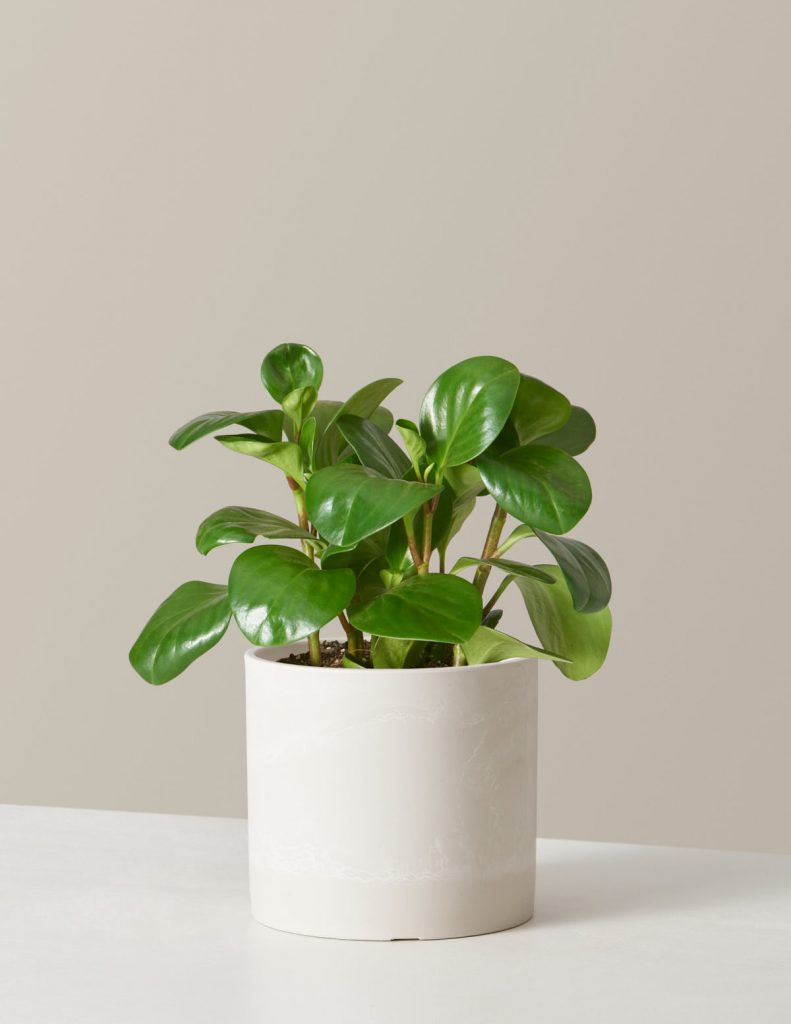
0 Comments